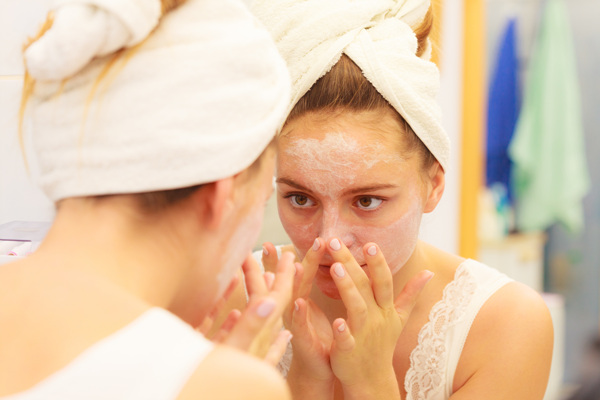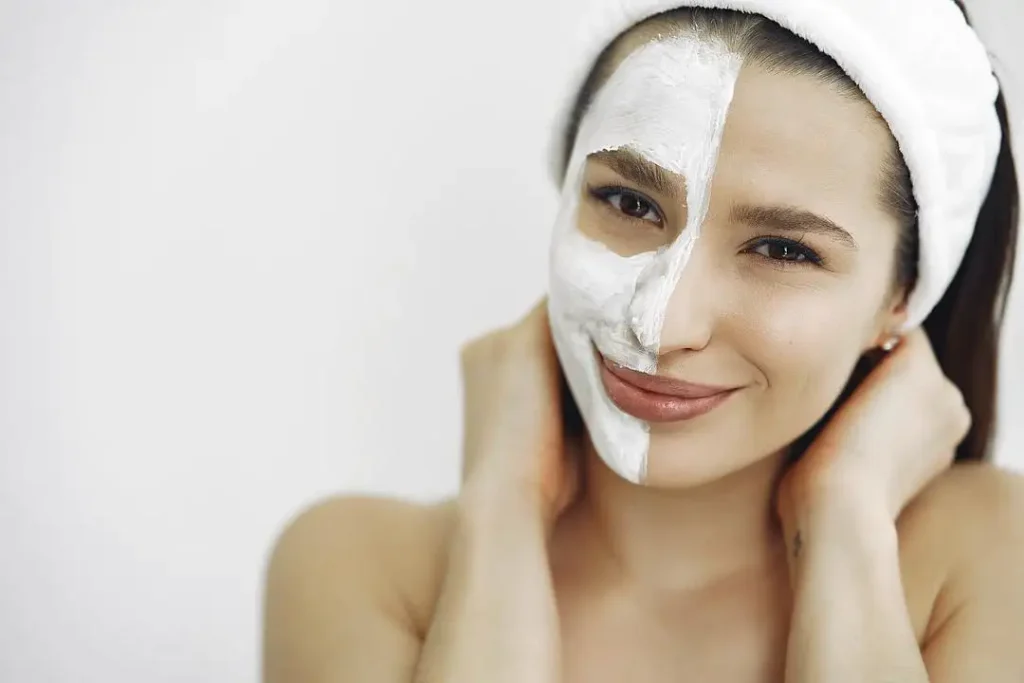Exfoliation is an essential step in skincare, offering benefits that go beyond improving skin texture; it also promotes skin regeneration and helps delay aging. As we age, the skin’s metabolism slows down, leading to the buildup of dead skin cells on the surface. This buildup can result in dullness, clogged pores, and rough texture. By exfoliating, we can effectively remove these dead skin cells and stimulate the skin’s self-renewal process, maintaining a smooth, soft, and healthy complexion.

1. The Basic Principle of Exfoliation

The outer layer of the skin, known as the stratum corneum, is made up of dead skin cells that naturally shed as part of the skin’s metabolic process. However, when metabolism slows down or is affected by external factors, these dead skin cells may not shed properly, accumulating on the surface and forming a thick, rough layer that affects the skin’s ability to absorb products and maintain a smooth texture. Exfoliation works by physically or chemically removing this excess buildup, thinning the outer layer and creating a smoother surface that is more conducive to new skin cell growth.
2. Exfoliation Promotes Skin Regeneration

Skin regeneration refers to the renewal and repair of skin cells, a process vital for maintaining healthy and youthful skin. Exfoliation accelerates this process, helping the skin to recover and maintain its best condition more quickly. By removing the outer layer of dead skin cells, exfoliation allows the skin to absorb active ingredients in skincare products, such as moisturizers, antioxidants, and repair agents, more effectively, thereby enhancing the skin’s self-repair capabilities. Additionally, exfoliation promotes blood circulation, increasing oxygen and nutrient delivery to the skin, which leads to healthier and more vibrant new cells.

3. Methods and Frequency of Exfoliation

There are two main types of exfoliation: physical and chemical. Physical exfoliation involves using scrubs or brushes to manually remove dead skin cells, which is suitable for skin types with strong tolerance. Chemical exfoliation, on the other hand, uses ingredients like alpha hydroxy acids (AHA), beta hydroxy acids (BHA), or enzymes to dissolve the stratum corneum, making it ideal for sensitive or acne-prone skin. Choosing the right exfoliation method is crucial and should be tailored to skin type, season, and specific needs.

The frequency of exfoliation should be adjusted according to individual needs, with 1-2 times per week being generally sufficient. Over-exfoliating can damage the skin barrier, leading to dryness, sensitivity, and other issues, so it’s important to monitor the skin’s condition and adjust exfoliation practices accordingly.
4. Post-Exfoliation Care

After exfoliation, the skin is often more delicate and requires enhanced hydration and sun protection. Applying a hydrating serum or moisturizer rich in moisturizing ingredients helps lock in moisture and repair the skin’s barrier function. Additionally, sun protection is crucial after exfoliation, as the removal of the stratum corneum makes the skin more vulnerable to UV damage. Daily use of a broad-spectrum sunscreen is necessary to prevent further damage from UV rays and to protect the skin’s health.

Conclusion

Exfoliation plays a crucial role in the process of skin regeneration, effectively promoting the skin’s metabolism, enhancing absorption, and improving texture. Proper exfoliation can help maintain the health and radiance of the skin while delaying the signs of aging. However, exfoliation should be tailored to individual skin types and conditions to avoid the negative effects of over-exfoliation. By adopting a scientifically sound exfoliation method and pairing it with appropriate skincare practices, the skin’s regenerative capacity can be maximized, revealing a youthful, smooth complexion.


